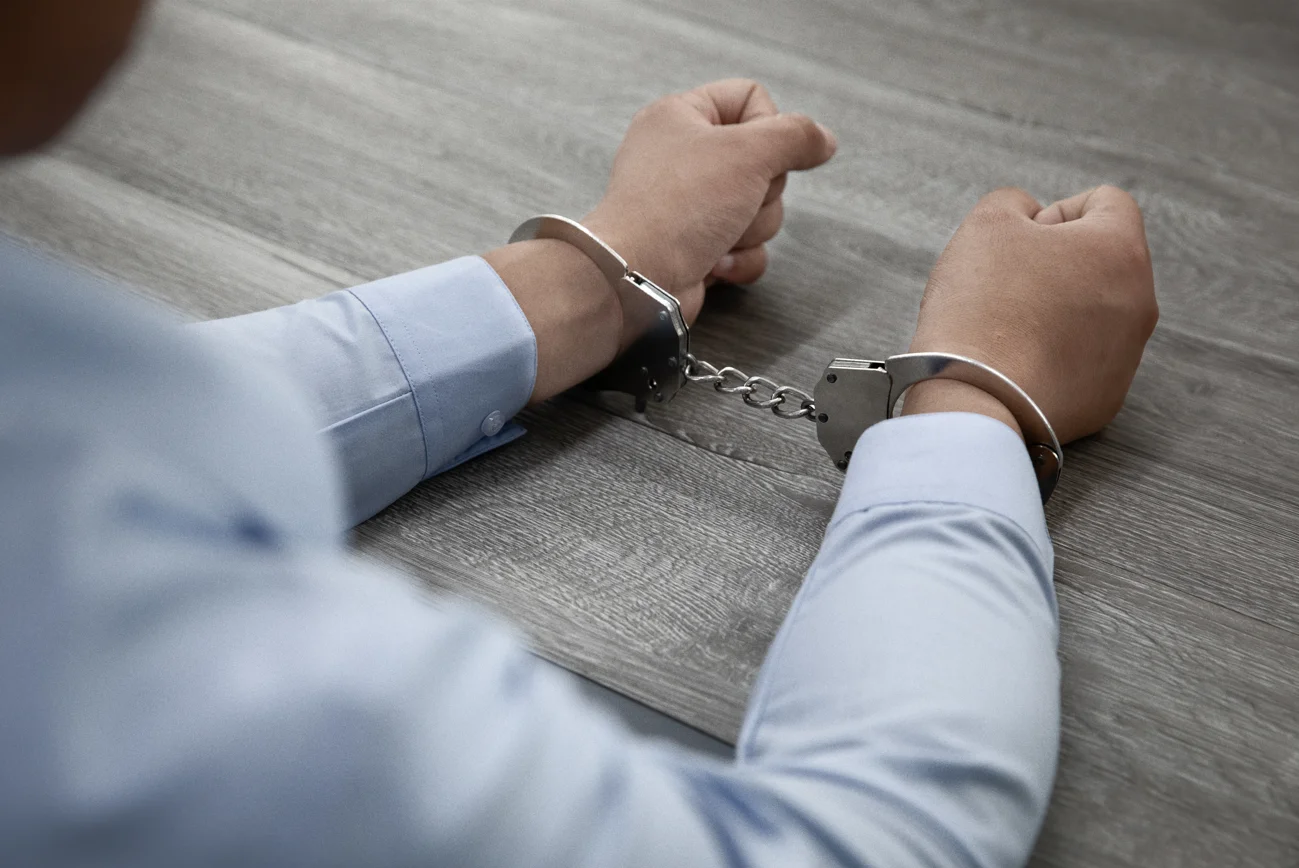Introduction: Knowing the Criminal Justice Process
The arrest of a criminal is just the start of a legal procedure that might have serious implications for the person in question. One should also know the procedures that take place after one is arrested since they will affect an individual in terms of rights, liberty, and future. The criminal justice system is developed in a manner that safeguards the rights of the accused and at the same time provides justice. This article will guide you through the process that occurs after a criminal offense is committed and how it proceeds, stage by stage, including your rights at each interval.
The Arrest
What is Arrest and How is it Done?
An arrest is the act of a law enforcer picking someone up on suspicion that they have committed an offense. This may result from a warrant, a search, or a police officer witnessing a crime.
When Can You Be Arrested?
Using a warrant: Law enforcers can request a warrant from a judge based on probable cause.
Without a warrant: An officer may arrest someone without a warrant if they witness a crime or have probable cause.
Your Rights When You Are Arrested
Right to remain silent: You are not required to self-incriminate. Anything you say can be used against you in court.
Right to an attorney: You have the right to legal representation. If you can’t afford one, a public defender will be provided.
Post-Arrest Procedures
Bookings and Processing
Once arrested, the individual is taken to a police station for booking.
What Happens During Booking?
Fingerprinting and photographing: Authorities take your fingerprints and mugshot.
Data collection: Personal information such as name, address, and charges is recorded.
Bail decision: A bail may be set depending on the crime’s severity.
Bail Hearing
Soon after booking, a bail hearing is conducted.
What Affects Bail?
Type of crime: Serious crimes may lead to higher bail or denial.
Flight risk: If you’re seen as a flight risk, bail may be denied.
Criminal history: Past offenses can increase the bail amount or result in denial.
Arraignment
The first court appearance where charges are officially presented.
What Happens at Arraignment?
Reading of charges: The court informs you of the specific charges.
Plea entry: You plead guilty, not guilty, or no contest.
Pretrial motions: The judge may address bail, suppression of evidence, or other motions.
Preliminary Hearing
If a not guilty plea is entered, a preliminary hearing is held to determine if there’s enough evidence to proceed.
What Happens in a Preliminary Hearing?
Probable cause determination: The judge decides if sufficient evidence exists.
Witnesses and evidence: Both sides may present evidence and witness testimony.
Trial Preparation
What Happens During Trial Preparation?
Discovery: Both sides exchange evidence and facts.
Plea negotiation: The defense and prosecution may negotiate a plea deal to avoid trial.
Trial Process
Jury Selection
Most criminal trials use a jury to decide the verdict.
How Jury Selection Works
Voir dire: Jurors are questioned for bias.
Challenges: Lawyers can object to specific jurors.
Opening Statements
Both sides present a summary of their case at the start of the trial.
Witness Evidence
Each party presents witnesses and evidence.
Prosecution Case
Prosecution must prove guilt beyond reasonable doubt.
The defendant may choose not to testify.
Defense Case
Defense may offer evidence and call witnesses to refute prosecution.
They may also argue that the prosecution failed to prove guilt.
Closing Arguments
After all evidence is presented, both sides summarize their case to the jury.
Jury Deliberation and Verdict
The jury privately discusses and votes.
What Happens After the Verdict?
Guilty: Sentencing is scheduled by the judge.
Not guilty: The accused is released and the case ends.
Sentencing and Appeals
Sentencing
If convicted, the defendant may face prison, fines, probation, or community service.
What Influences Sentencing?
Severity of crime: More serious offenses get harsher punishments.
Criminal history: Repeat offenders may face longer sentences.
Aggravating or mitigating factors: Intent and remorse are considered.
Appeals
The defendant may appeal if legal errors occurred during the trial.
How the Appeals Process Works
Appeals court review: Judges examine trial records for errors.
Possible outcomes: The court may uphold, reverse, or order a new trial.
Conclusion: Criminal Justice Process
The journey from arrest to sentencing is complex and designed to ensure fairness and protect individual rights. Each stage, from arrest to appeals, is essential in upholding justice. Understanding your rights and the legal process is crucial, and having legal representation can help navigate the system effectively and ensure those rights are preserved.
